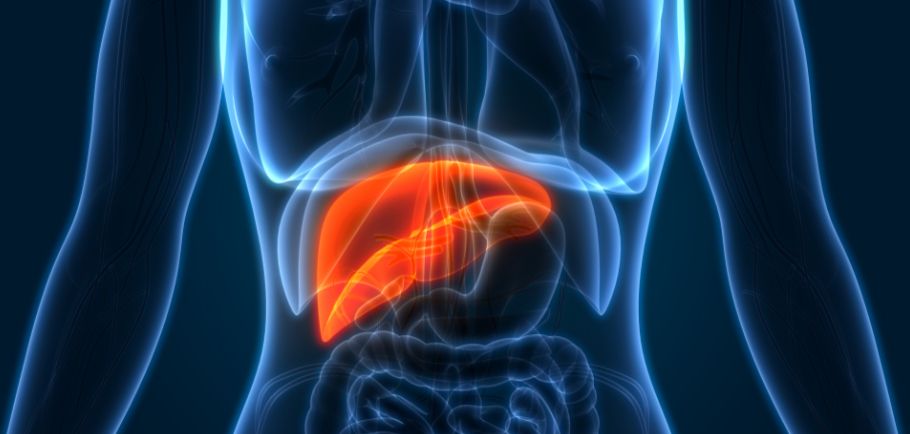Article
Patients with Liver Cancer and Hepatitis or HIV May Face Higher Mortality Rates
Author(s):
Results from the study highlight the need to organize better screening and treatment plans for patients with liver cancer coinfected with hepatitis B, hepatitis C or HIV.
Patients with hepatocellular carcinoma (HCC) who also have hepatitis C or hepatitis B with or without HIV may have higher mortality rates than those who are not coinfected, according to study results.
This coinfected patient subset is also at higher risk for tumor diagnosis at a younger age and a higher frequency of tumoral thrombosis (when a tumor extends into a blood vessel).
“Hepatocellular carcinoma is an emerging cause of death in patients coinfected with HIV plus viral hepatitis B and viral hepatitis C,” Lisa R. C. Saud, of the São Paulo Clínicas Liver Cancer Group at the University of São Paulo School of Medicine in Brazil, said in an interview with CURE®. “There are few studies evaluating this tumor, how it presents and evolves, and it still has a challenging management.”
HCC is the most common form of liver cancer. Of note, the American Cancer Society estimates that there will be 42,230 new cases of liver cancer in 2021, of which three-fourths will be HCC. Those who have HIV, hepatitis C or hepatitis B are at an increased risk of developing HCC.
“The HIV patient has an underlying immunosuppression, while the association with the other viral diseases (hepatitis B) or (hepatitis C) leads to higher viral activity and inflammation, cursing with a co-carcinogenic effect, inducing a faster progression of liver disease and risk of HCC. The precise effect of this association is not yet fully understood, but it is known that when developing the tumor, these patients have a disease of poorer outcome and severity,” Saud, who was lead author on the study, added.
Of the 267 patients with HCC in the study, 9.3% were HIV positive. Those who were coinfected were younger than the group without HIV (49.8 years versus 61.2 years). It was also reported that portal vein tumoral thrombosis was higher for those in the coinfected subset (32% versus 11.1%), showing a possible worse stage in disease. In addition, the overall mortality rate was higher in the HIV-positive group (92% versus 74.3%).
“It is hypothesized that this more aggressive behavior is due to altered immune defense by HIV,” Saud explained. “Thus, the question we should ask ourselves is: what is the best screening and treatment for this population?”
In addition, data also showed that for the coinfected group, cirrhosis (scarring of the liver) was less predominant than those with HCC alone (88% versus 96.7%). More generally, Saud said that cirrhosis is a main risk factor for the development of HCC and can lead to chronic inflammation and fibrosis (the thickening of the tissue).
This data translates to the United States as the incidence of HCC continues to increase, Said explained. “In the USA, the incidence of HCC has increased by approximately 75% between 1979 and 1995, and the prevalence of HCC is rising in the HIV population in the USA. Therefore, specialists need to be aware of this population for early diagnosis of HCC and to provide curative treatment.”
For more news on cancer updates, research and education, don’t forget to subscribe to CURE®’s newsletters here.




